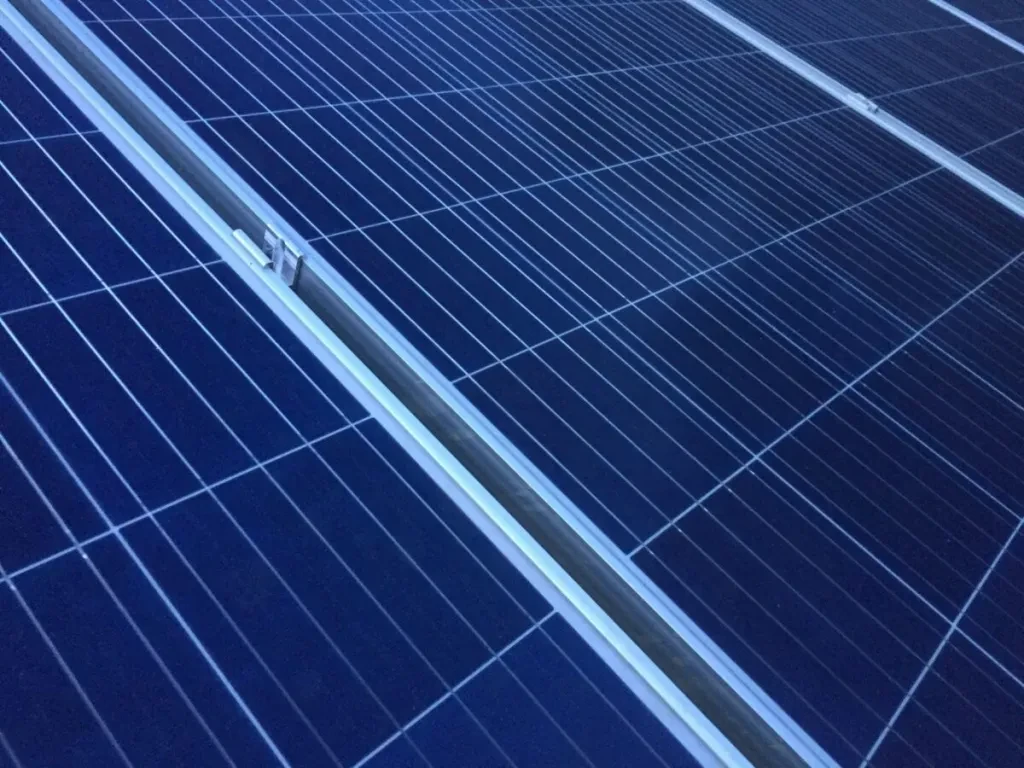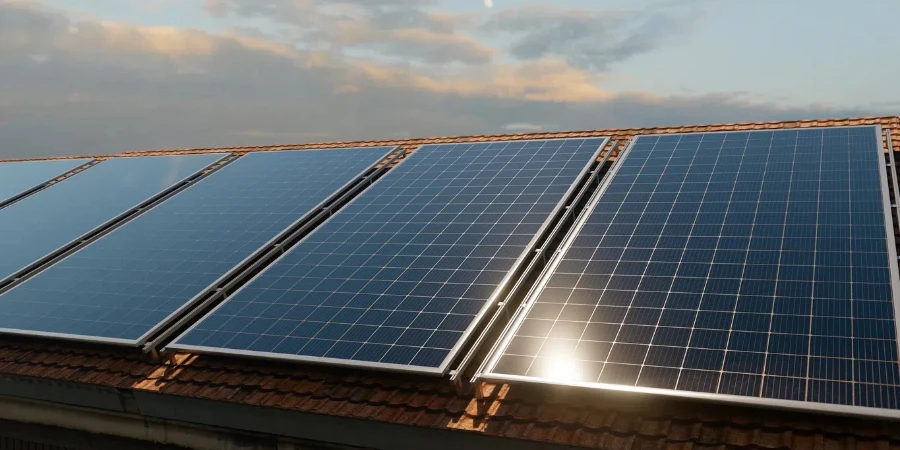A group of researchers have carried out a techno-economic analysis of three revamping strategies for an operating photovoltaic power plant in southeast Spain. They found the highest production value by installed power is obtained when both the modules and inverters are replaced.

From pv magazine Spain
A group of scientists from Spain’s University of Castilla-La Mancha have carried out a techno-economic analysis of three revamping strategies in an operational photovoltaic power plant located in the southeast of Spain. The research, Solar PV power plant revamping: Technical and economic analysis of different alternatives for a Spanish case, is available in the Journal of Cleaner Production.
The nominal power of the solar installation featured in the research is 100 kW, equal to the power of the inverter. The peak power installed in the solar panels is 111 kWp and the array produces 170 MWh annually.
The researchers studied several revamping scenarios. In the first the solar modules are substituted with newer, more efficient ones. In revamping scenario 1-1, the maximum power installed in the panels is maintained, while in the second, revamping scenario 1-2, the maximum power installed in the panels increases to a value where the overload losses are less than 3%.
In revamping scenario 2, the inverters are replaced but the modules are not, so the low voltage (LV) side remains at 400 V. This reduces the number of possible inverter models that can be installed, the researchers say.
In revamping scenario 3, both the solar modules and inverters were replaced. In this case, the Ingeteam Ingecon Sun 100TL inverter of 100 kW and the LONGi LR5-54 HTH 440 M solar photovoltaic modules of 440 Wp each are used. As in the other scenarios, a total of 280 modules were considered and the overload losses do not exceed 3%. The configuration of the photovoltaic field is 20 panels in series and 14 strings, as in the case of scenario 2-2.
The researchers found that if the 1-1 revamping strategy is carried out and the old modules are replaced with new ones while maintaining the same installed power in the solar field, the annual energy production of the installation increases to 197 MWh. This value increases to 218 MWh in scenario 1-2.
In the revamping scenario 2, where only the old 100 kW inverter is replaced with a more modern one, the annual energy production of the installation is 174 MWh.
The highest annual energy production value, at 223 MWh, is obtained in revamping scenario 3. In this case, the peak power installed in panels also increases up to 123 kWp, as seen in scenario 1-2.
The initial results suggest the latter strategy is the most technically appropriate. To confirm this, the researchers analyzed the production value in terms of efficiency, i.e. in which scenarios the highest production values are obtained per watt of installed panels. The highest production value per installed power is also obtained in revamping scenario 3, at 1.715 kWh/kWp.
Meanwhile, economic analysis confirmed greater favourability for revamping scenario 3 in terms of project profitability, with a yield of 12.09% – much higher than the weighted average cost of capital – and a payback period of less than ten years. This scenario also presents the best results in terms of LCoE, with a value equal to €43.47/MWh.
Scenario 2 and scenario 1-1 were considered the most unfavourable, with low returns on investments between 2.20% and 4.53%, payback periods of more than 10 years and LCoE values of €72.32/MWh for scenario 1-1 and €175.67/MWh for scenario 2.
pv magazine published a series of technical articles on revamping, with technical insights from Kiwa-PI Berlin, analysing its challenges and risks:
- When does revamping pay off? – Part I
- How does revamping pay off? Technical, financial and legal implications – Part II
- How much does revamping pay off? Between 5 and 15% – Part III
This content is protected by copyright and may not be reused. If you want to cooperate with us and would like to reuse some of our content, please contact: editors@pv-magazine.com.
Source from pv magazine
Disclaimer: The information set forth above is provided by pv-magazine.com independently of Chovm.com. Chovm.com makes no representation and warranties as to the quality and reliability of the seller and products. Chovm.com expressly disclaims any liability for breaches pertaining to the copyright of content.





 বাংলা
বাংলা Nederlands
Nederlands English
English Français
Français Deutsch
Deutsch हिन्दी
हिन्दी Bahasa Indonesia
Bahasa Indonesia Italiano
Italiano 日本語
日本語 한국어
한국어 Bahasa Melayu
Bahasa Melayu മലയാളം
മലയാളം پښتو
پښتو فارسی
فارسی Polski
Polski Português
Português Русский
Русский Español
Español Kiswahili
Kiswahili ไทย
ไทย Türkçe
Türkçe اردو
اردو Tiếng Việt
Tiếng Việt isiXhosa
isiXhosa Zulu
Zulu